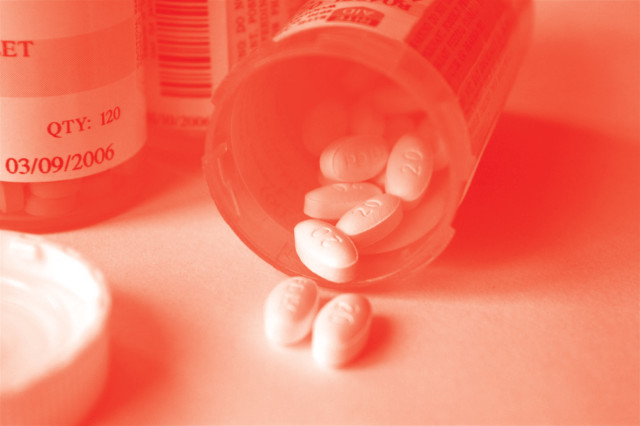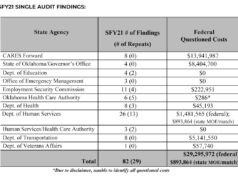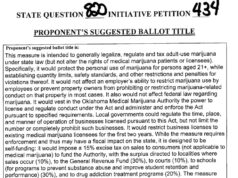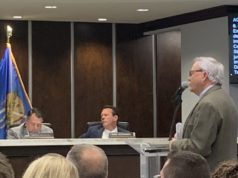
NORMAN — More people die of prescription drug abuse annually in Oklahoma than die in motor-vehicle crashes, according to a 2015 report by the Oklahoma State Department of Health.
More than 450 attendees of the 18th annual Oklahoma Turning Point Conference discussed that and similar public health conundrums Wednesday at the Marriott Conference Center.
Founded in 1997, Turning Point promotes health policy and advocacy by gathering representatives from across the state. They attend various sessions and seminars on topics like domestic violence, healthy food and, of course, prescription drug abuse. Turning Point holds its annual policy discussion today.
“We are a pill-popping nation” said Avy Redus, facilitator for the Prescription Drug Abuse and Misuse session and project coordinator for the health department’s Injury Prevention Service.
Drug overdose has more than tripled in the United States since 1990, with an average of 44 people dying per day from prescription overdose, according to the Centers for Disease Control.
Redus said in her presentation that several factors play a role in that epidemic, including misconceptions of safety. Many people do not worry about taking too much medication because prescriptions are written by physicians and approved by the U.S. Food and Drug Administration.
Second, Redus said pain is subjective, so in order to cure pain people decide to take more than the recommended dose of a prescription. Third, she cited accessibility, noting that the United States consumes 99 percent of the world’s hydrocodone, a synthetic opiate found in brand-name drugs like Lortab and Vicodin.
Lastly, Redus said many people access false prescriptions through dealers.
“Society at large has decided we are not going to suffer,” said Pat McMichael, a nurse who works directly with families facing the epidemic in southeastern Oklahoma. “You’re going to have aches and pain. Deal with it and you’re gone.”
Native Americans have the highest unintentional poisoning mortality rate of any ethnic or racial group, according to the health department report. The 25 to 64 age group is most at risk.
Stephen Weaver, assistant tribal liaison for the department, addresses the topic regularly.
“It’s an issue that plagues our community,” he said.
Caucasians have the second highest mortality rate, according to the report. Hispanics and African-Americans are among the minority groups with the lowest unintentional poisoning mortality rates.
Attendees and presenters at the conference encouraged communities to promote safe use, storage and disposal of prescription medications.
“The first step is bringing all the players to the table,” said Redus.
She suggested families put drugs in a safe place, even behind lock and key.
“Don’t be an accidental dealer. Lock them up,” she said.
For more information on the topic and resources available, call 211, the Oklahoma Poison Control Center at 1-800-222-1222 or visit http://poison.health.ok.gov.
Pamela Ortega is a journalism student at the University of Oklahoma.





















